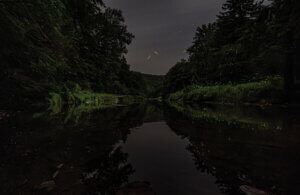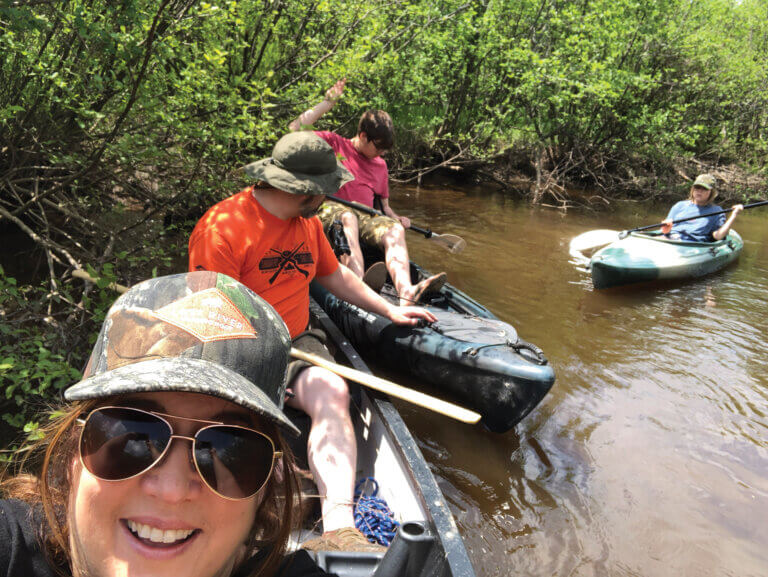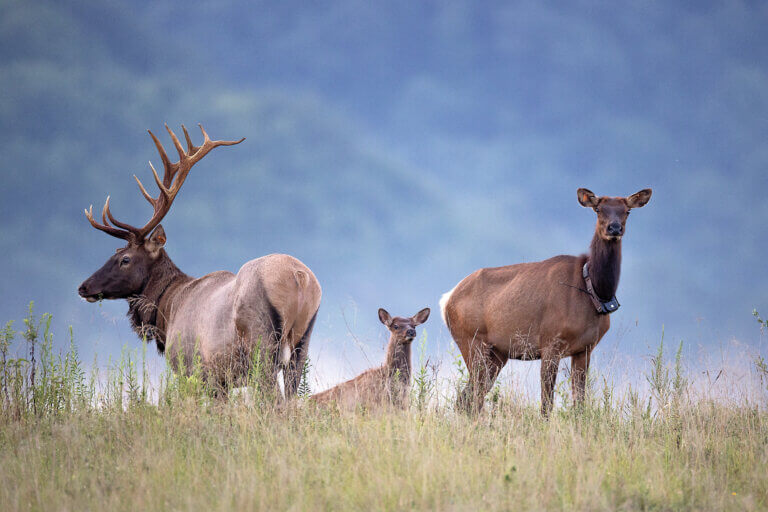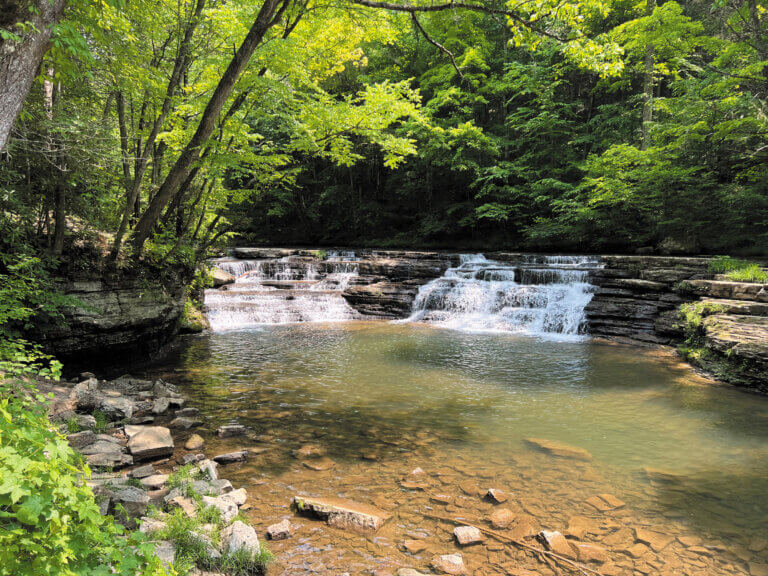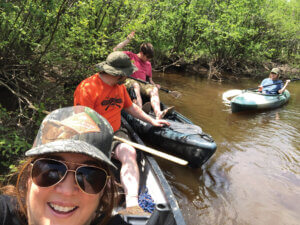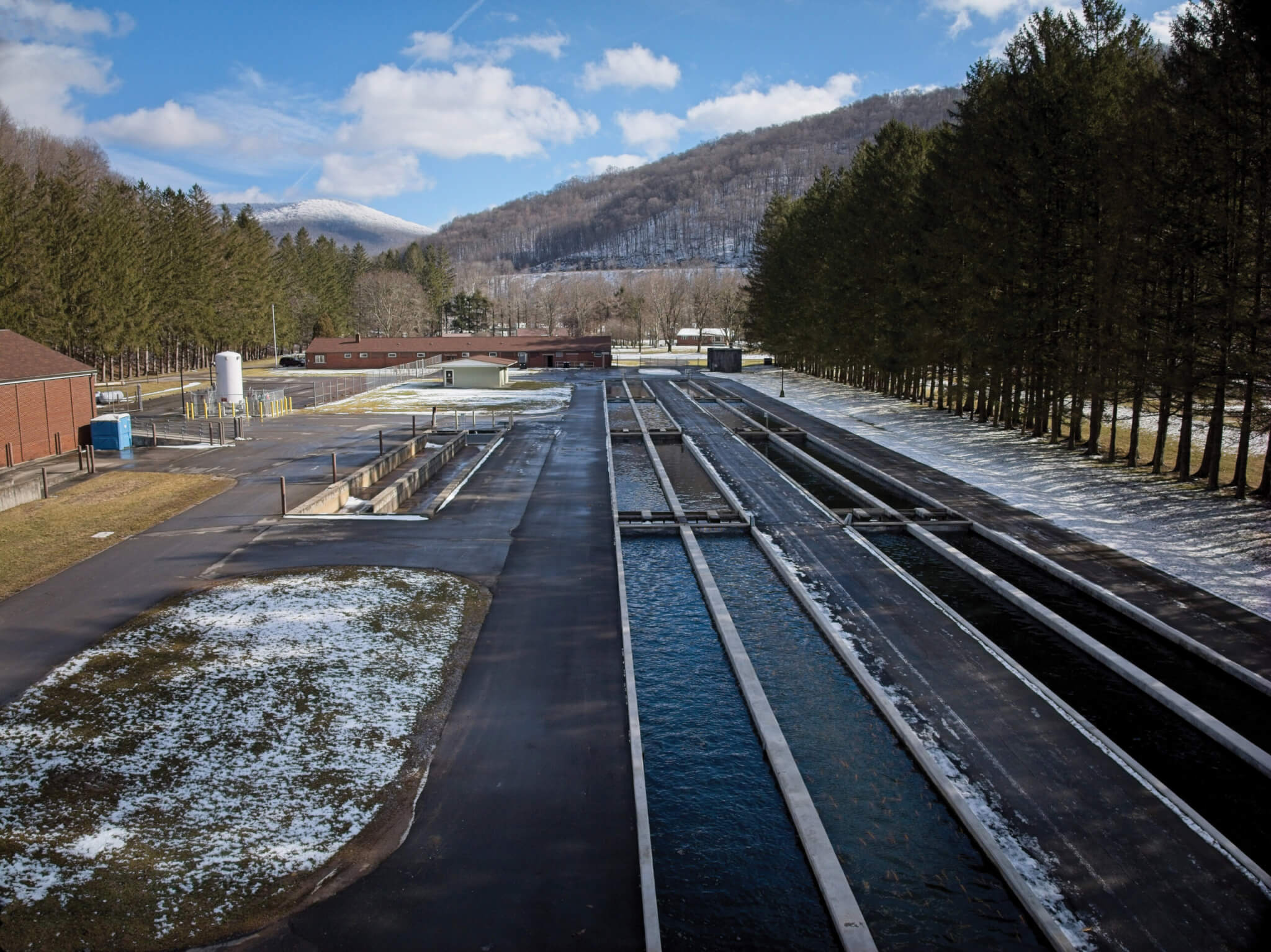
Anglers young and old have Bowden State Fish Hatchery to thank for seasons of plenty.
This story was originally published in the April 2024 issue of Wonderful West Virginia. To subscribe, visit wonderfulwv.com.
written by Mason Jack
Photos Courtesy of West Virginia Department of Commerce
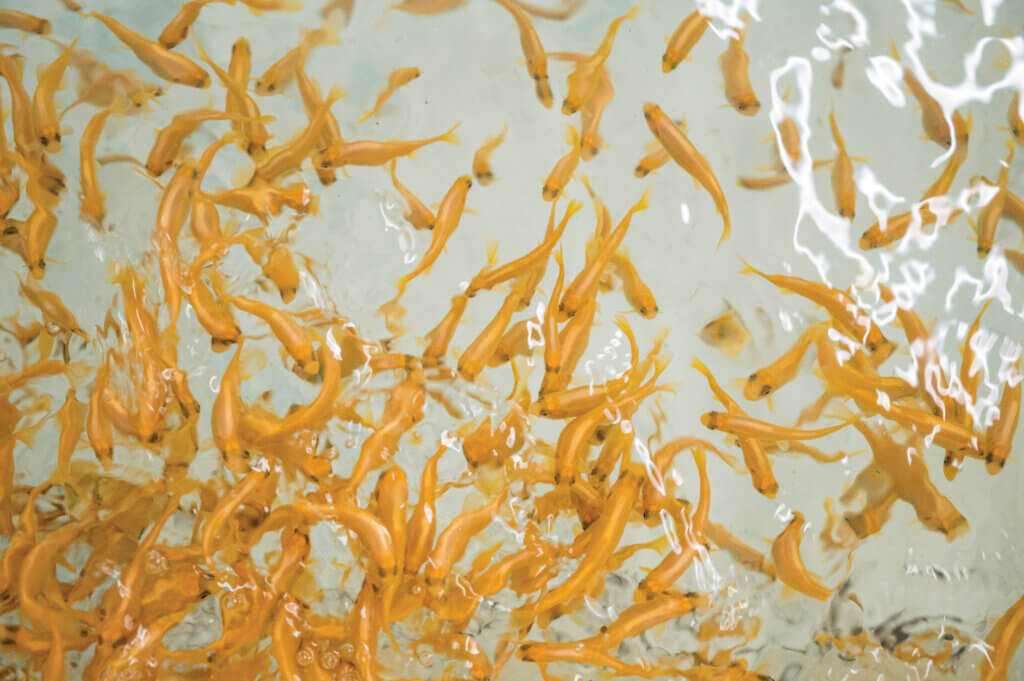
As the wise Henry David Thoreau once said, “Many men go fishing all of their lives without knowing that it is not fish they are after.” But let’s be honest: Fishing wouldn’t be half as much fun if there weren’t any fish to catch, right?
Nowhere is that more true than in West Virginia, home to some of the best fishing in the country. Whether you’re looking for trout, bass, catfish, walleye, or muskie, you will surely find it swimming in a river or lake near you.
But how is it that there are always plenty to catch? If you’re an unseasoned angler like myself, you may think Mother Nature is responsible for restocking waterways—but behind the scenes, a complex operation backed by environmental science, technology, and state government is hard at work backing her up.
Rising Waters
Located alongside Shavers Fork of the Cheat River just east of Elkins, the Bowden State Fish Hatchery plays a pivotal role in the state’s conservation efforts. This remarkable facility, established in the early 1960s, is one of nine fish hatcheries operated by the West Virginia Department of Natural Resources (WVDNR). Bowden is dedicated to the hatching and raising of various trout species and stocking them in state waters, and it quickly became one the largest trout suppliers for rivers and lakes in West Virginia, mainly on federal lands like the Monongahela National Forest.
The practice of raising fish in hatcheries and stocking them in West Virginia waters dates back to the late 1800s. The U.S. Fish and Wildlife Service built and operated extensive facilities in the 1900s but, in 1995, congressional budget cuts threatened to close Bowden along with several other hatcheries across the United States.
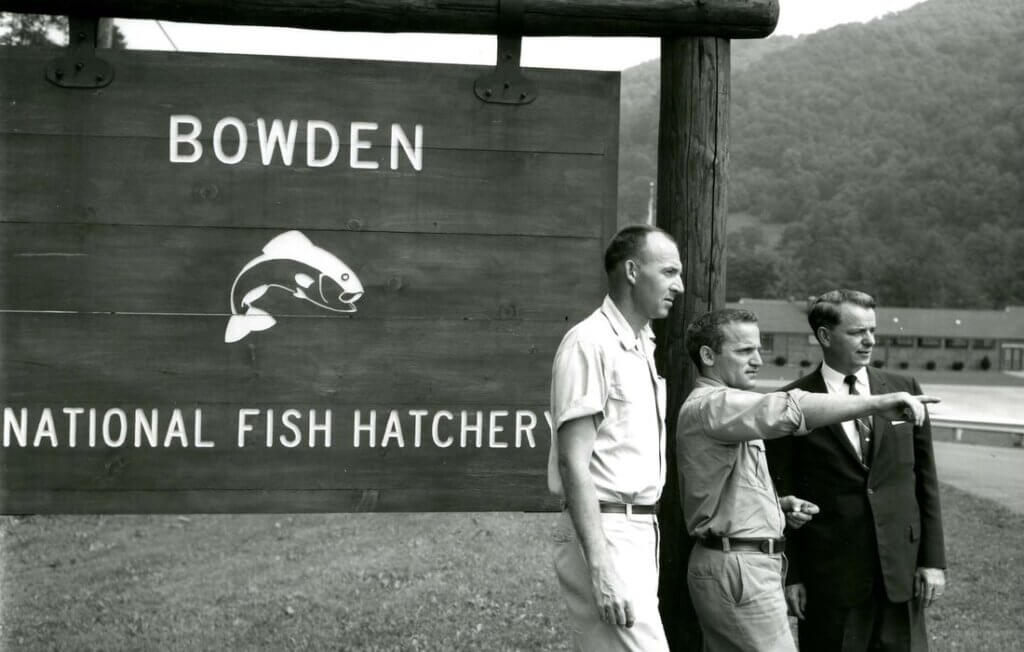
It was a threat that would have had serious consequences for anglers in West Virginia and for the state’s economy. Before hatcheries were built, wild fish populations were shrinking due to overfishing, pollution, and habitat destruction. Loss of riparian, or riverside, shade and other factors led to higher summer water temperatures in some streams, challenging the survival and native reproduction of trout species, which require colder water. Without hatcheries, most waters in West Virginia wouldn’t have been able to support recreational fishing at levels we were accustomed to.
Thanks largely to the efforts of then–Senator Robert Byrd, the hatchery program was saved and transferred to WVDNR in 1997. And in October 2022, following an extensive two-year renovation, the Bowden hatchery emerged as a state-of-the-art facility, witnessing a remarkable 50% increase in production compared to its original capabilities. This impressive feat can be attributed to modernized systems and strategic upgrades implemented during the renovation.
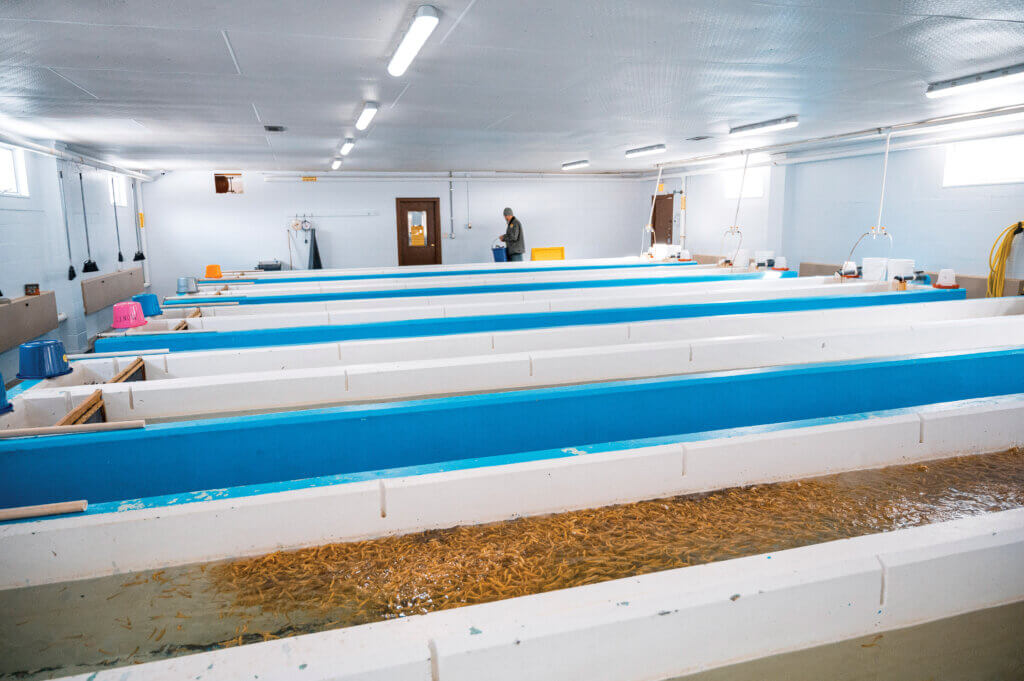
Hatchery Tech
Combined annual stocking from the WVDNR’s seven cold-water and two warm-water hatcheries averages more than 2 million fish per year. That high number is achieved only through efforts at Bowden and the other hatcheries to combat constant environmental challenges—including water supply, temperature, weather conditions, and disease. “Reductions in the volume of groundwater and drought are a concern for all hatchery facilities in the state,” says Jim Hedrick, hatchery program manager for WVDNR. “Disease is always a major concern because fish are raised in an intense culture situation where crowding occurs. Long-term global warming will also continue to have an impact on hatcheries and on native trout populations.”
Technological advancements in the aquaculture industry have played a pivotal role in addressing those challenges, and the Bowden hatchery stands as a shining example of the ways in which cutting-edge innovations can transform a facility.
One of the key highlights of the recent facelift was the integration of a new oxygen injection system. This innovative technology ensures a constant supply of dissolved oxygen in the water, which is crucial for the survival and growth of the trout. By maintaining optimal oxygen levels, the incubator can enhance fish health, improve feed conversion efficiency—the rate at which livestock turn feed into body mass—and minimize stress levels, ultimately leading to higher survival rates and improved overall fish quality.
“By making Bowden a partial recirculating system—reusing the water—the facility can now rely solely on spring water and does not use water from the Shavers Fork river, as previously,” says Hedrick. “Shavers Fork river water got hot in the summer months and was a vector for bringing disease into the hatchery. Now, without the river, WVDNR can have better control on disease, cooler water in the summer, and warmer water in the winter. This combination of factors results in more fish growth, higher fish survival rates, and ultimately more fish stocked for the anglers of the state.”
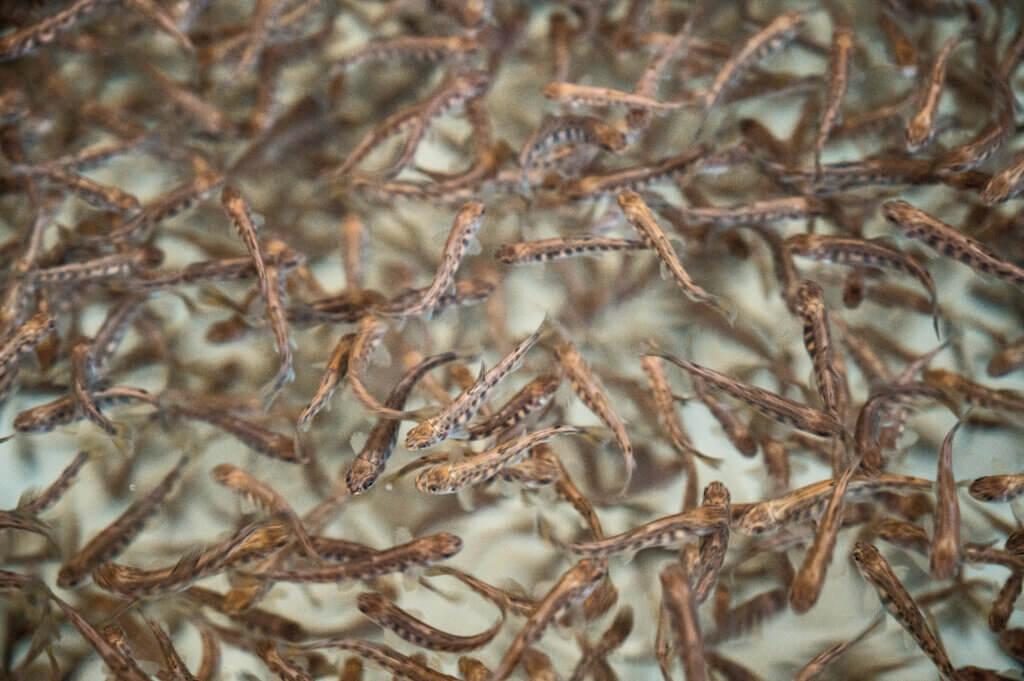
The expansion of the physical space has also provided room for optimized operations, enabling the hatchery to accommodate more broodstock and to increase egg incubation capacity. The hatchery now also features more than one mile of raceways, where the fish are reared. Enhanced water filtration systems ensure a pristine and healthy environment for the developing trout, reducing the risk of disease and contamination. Advanced sterilization techniques further contribute to a hygienic and pathogen-free environment, safeguarding the health and well-being of the fish.
Growing Gills
The trout’s life cycle at Bowden follows a straightforward trajectory. Trout begin their journey by hatching indoors. Once they reach fingerling size, comparable to the size of a human finger, they are carefully transferred to raceway pools outdoors for continued growth. After spending a sufficient duration outdoors, the trout grow to a catchable size. WVDNR defines this as approximately 1½ years of age, with a target weight of three-quarters of a pound.
From there, transporting the trout to their designated destinations becomes a matter of logistics and timing. The agency employs specialized trucks equipped with aerated water tanks to ensure the well-being of the fish during transit.
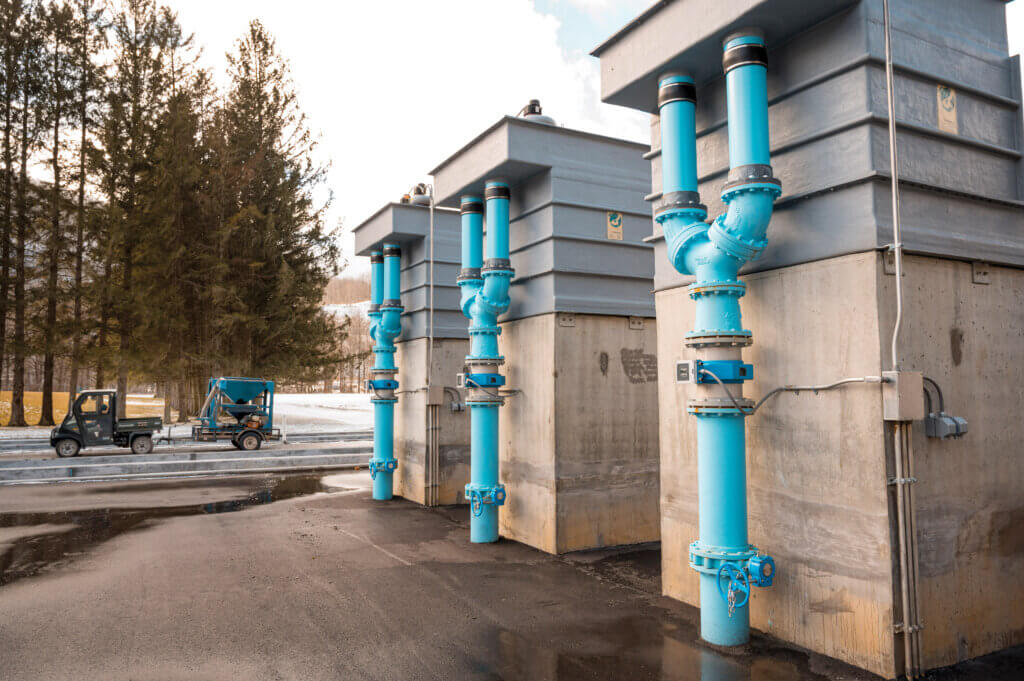
Where those trout get stocked is determined by a host of factors, including a waterway’s availability of parking, its accessibility, and the ecological impact of stocking there. The primary factor is a water body’s acreage. In the trout stocking program, the number of fish available for stocking is divided by the water acreage to be stocked, giving the number of fish to be stocked per acre—this is the “stocking factor.” The stocking factor can vary throughout the stocking season and with variations in the pounds of trout available in the hatchery system. A change in the stocking factor adjusts the level to be received across the system on an equal basis, resulting in a fair and equitable fish distribution across all waters statewide.
WVDNR’s comprehensive evaluation of all of these factors makes for scientifically informed decisions about which streams and lakes are suitable for stocking, and the level of their stocking. This approach ensures the success of stocking efforts while minimizing potential negative impacts on the ecosystem and providing a quality angling experience for the public.
Gone Fishin’
WVDNR has placed new focus on enticing and maintaining passionate fishers within the state. One prominent incentive is the Master Angler Award, created in 2022 to promote the accomplishments of those who go out and catch a wide variety of fish species across different ecosystems. To receive the award, anglers must legally catch all listed species in a given “slam”—slams are categories, like Catfish, Non-Game, and Panfish—and submit time-stamped and dated photos of the fish. Each of the six slams requires three to five catches specified by species and minimum length: For instance, a Predator Slam requires anglers to catch a striped bass, muskellunge, and walleye that each meet or exceed specified lengths. To qualify, a slam must be finished within a calendar year, although it is not necessary to complete all six slams in the same year.
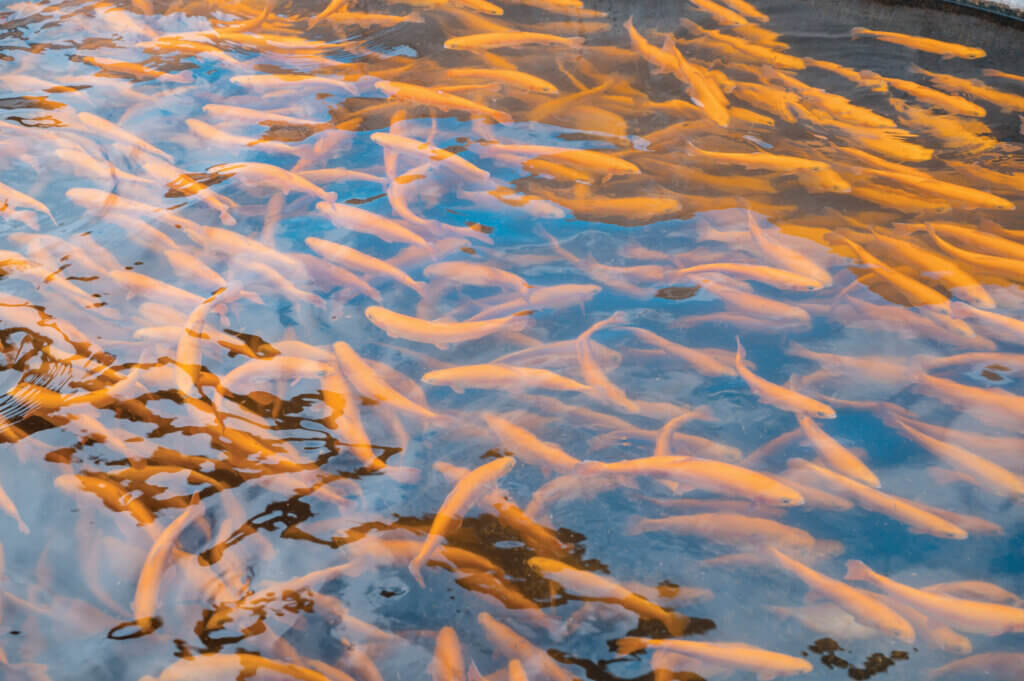
The Bowden hatchery hosts its own promotional event, the Bowden Fishing Derby, held every June for children ages 3–14 during Free Fishing Days in West Virginia. The Derby is an engaging and educational platform for young people to learn about fishing techniques, responsible angling practices, and the importance of protecting our natural resources. It is a great way to instill a love for fishing and the outdoors in the next generation of anglers.
The Bowden State Fish Hatchery exemplifies the profound impact that can be achieved through the strategic integration of technology, innovation, and collaboration. Its commitment to fisheries management and conservation ensures that the streams, rivers, and lakes of West Virginia will continue to brim with life, providing recreational opportunities, ecological balance, and a source of pride for generations to come.
In The Know
The 2024 stocking season started on January 2. To learn more about fish stocking and to find a stocked river, lake, or creek near you, visit www.wvdnr.gov/fishing/fish-stocking or call the hotline at 304.558.3399. New stockings are posted by the end of the business day.





